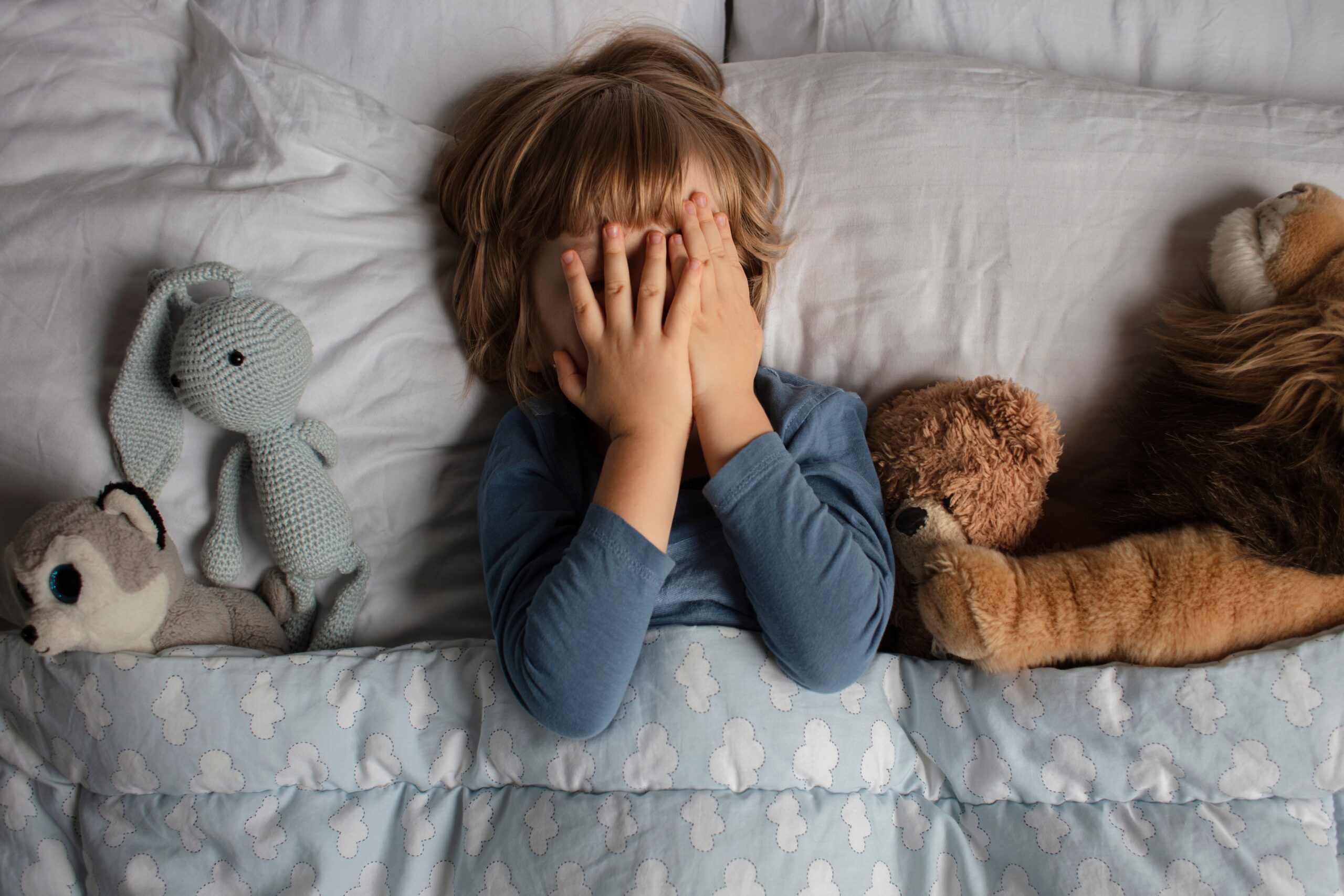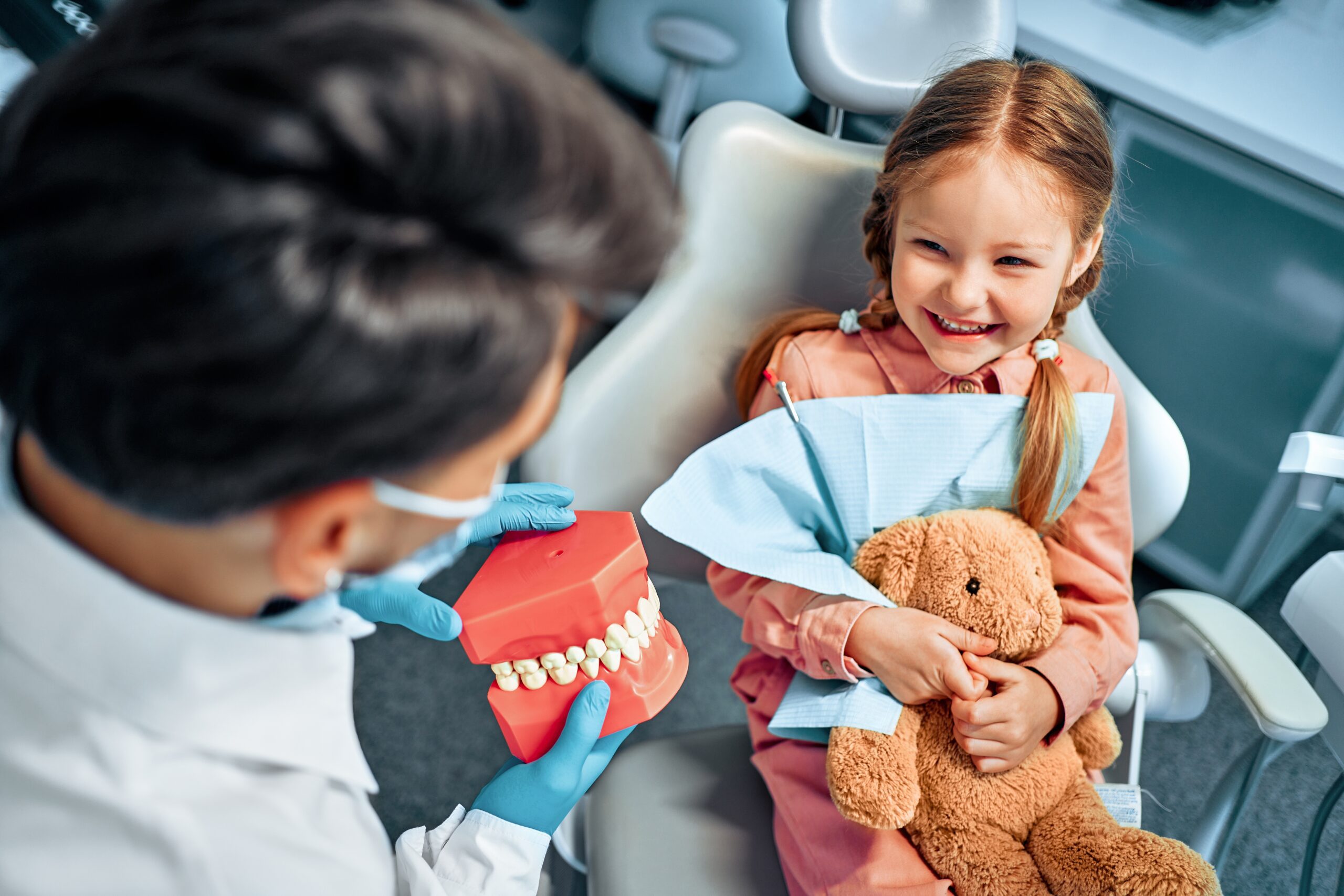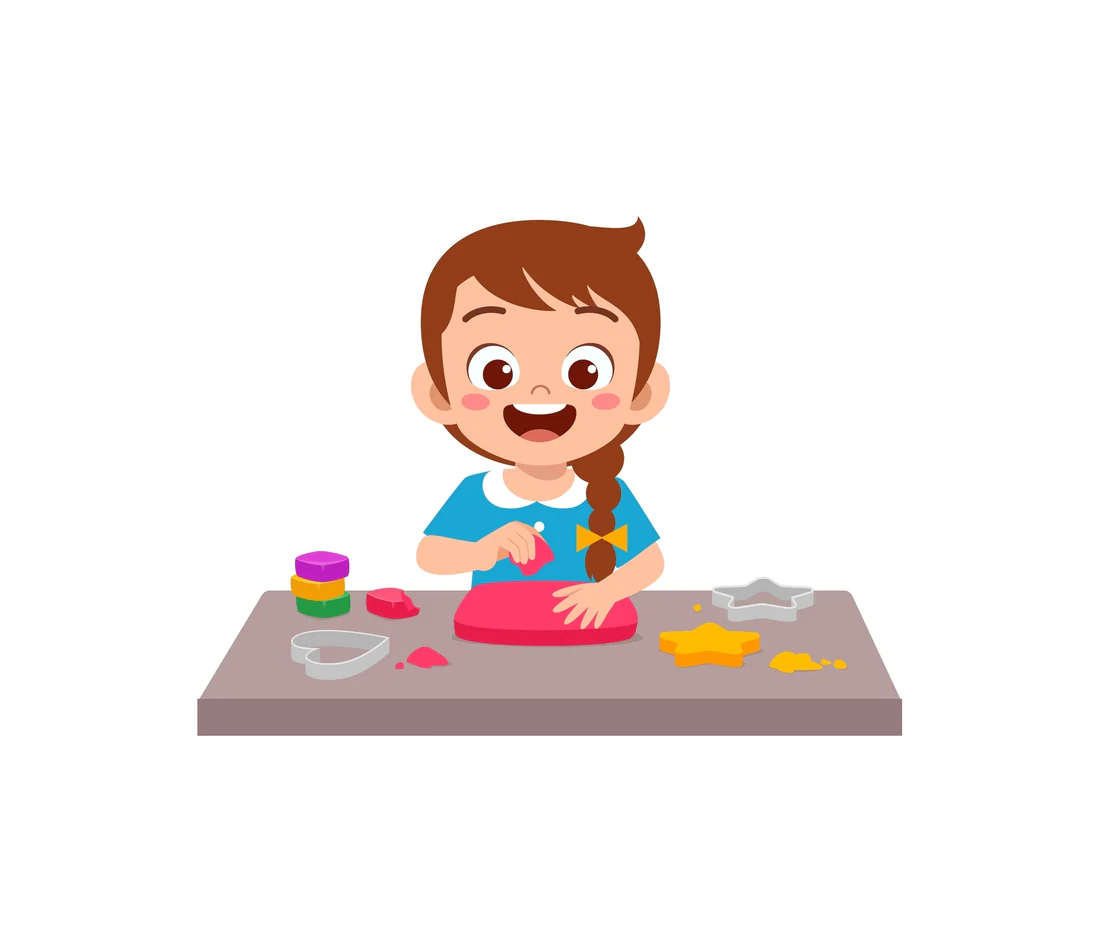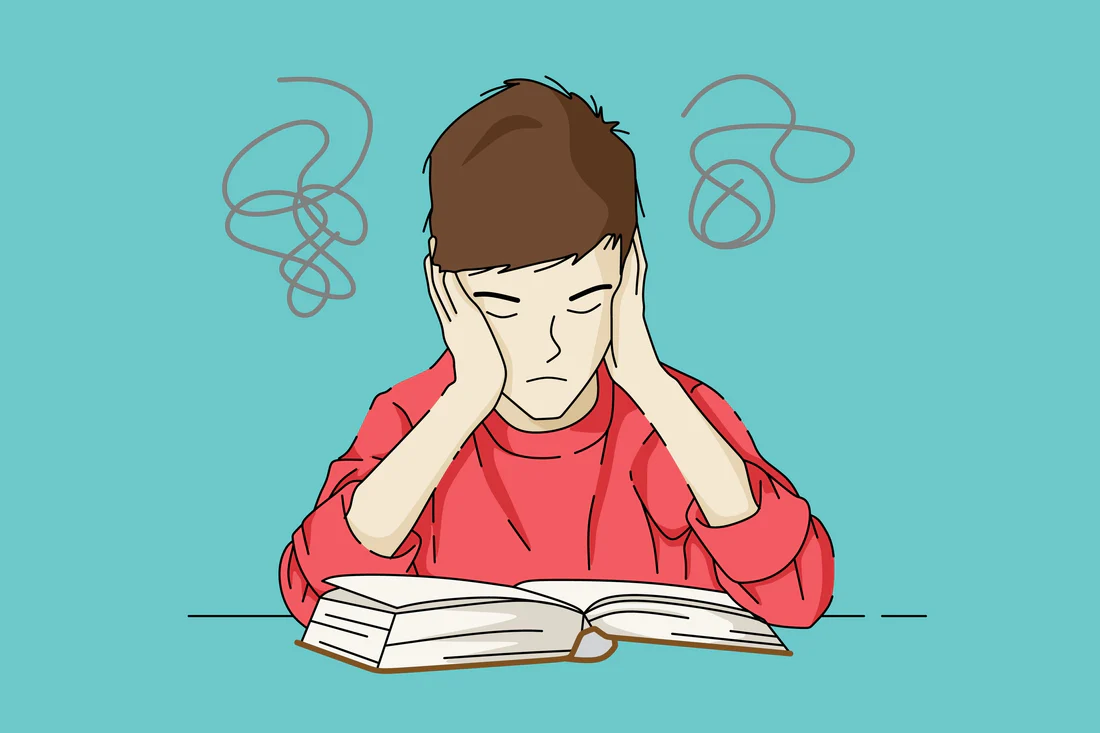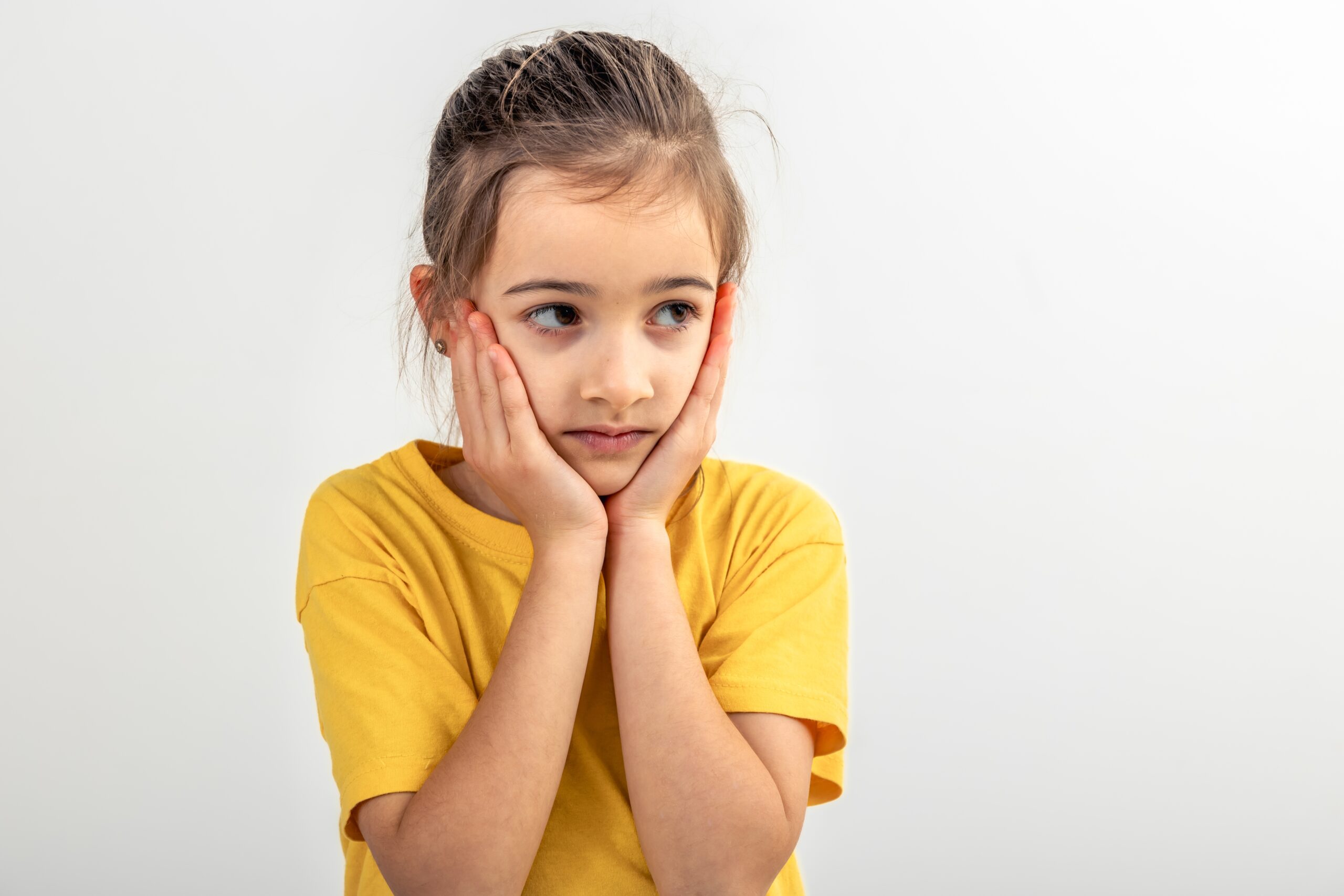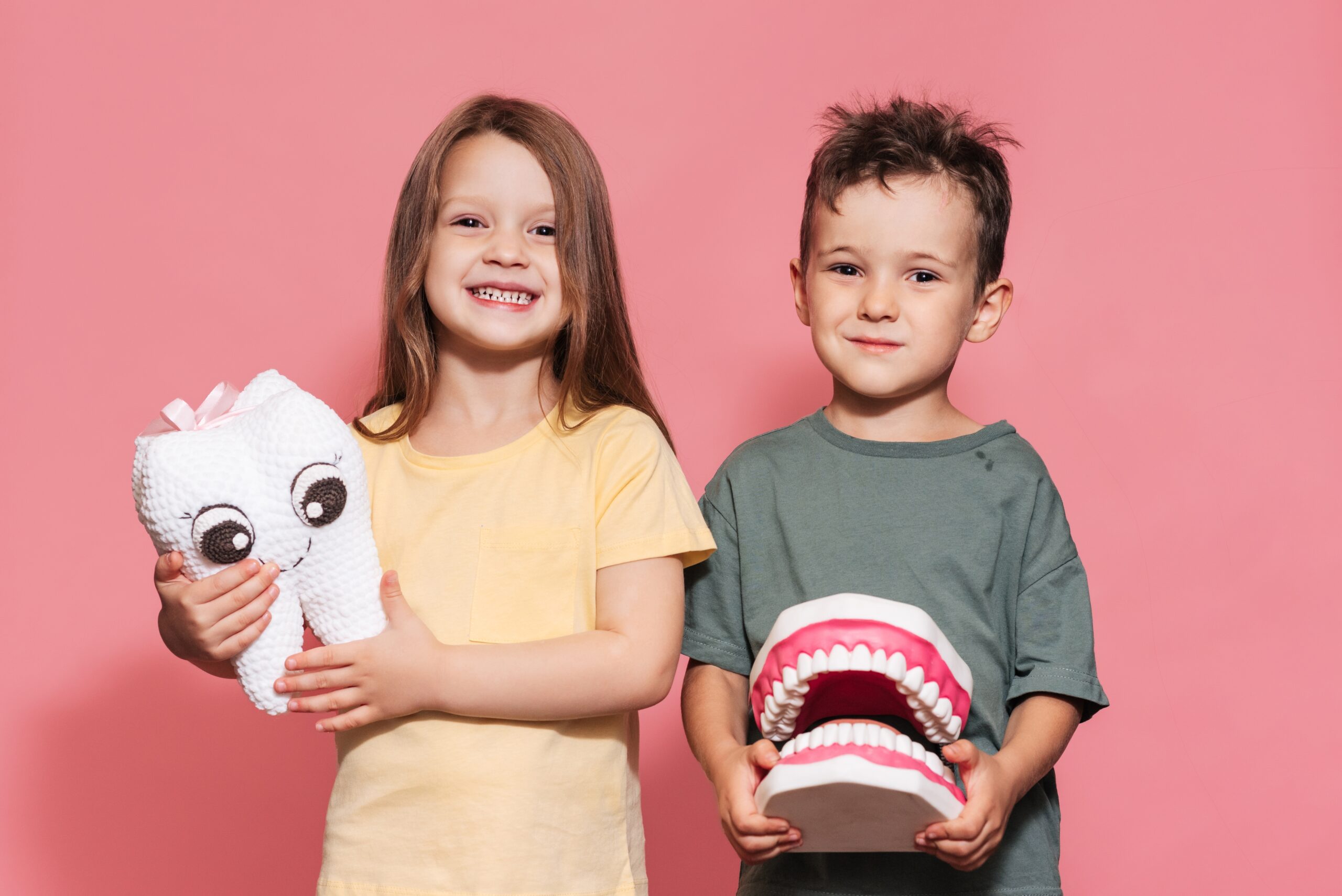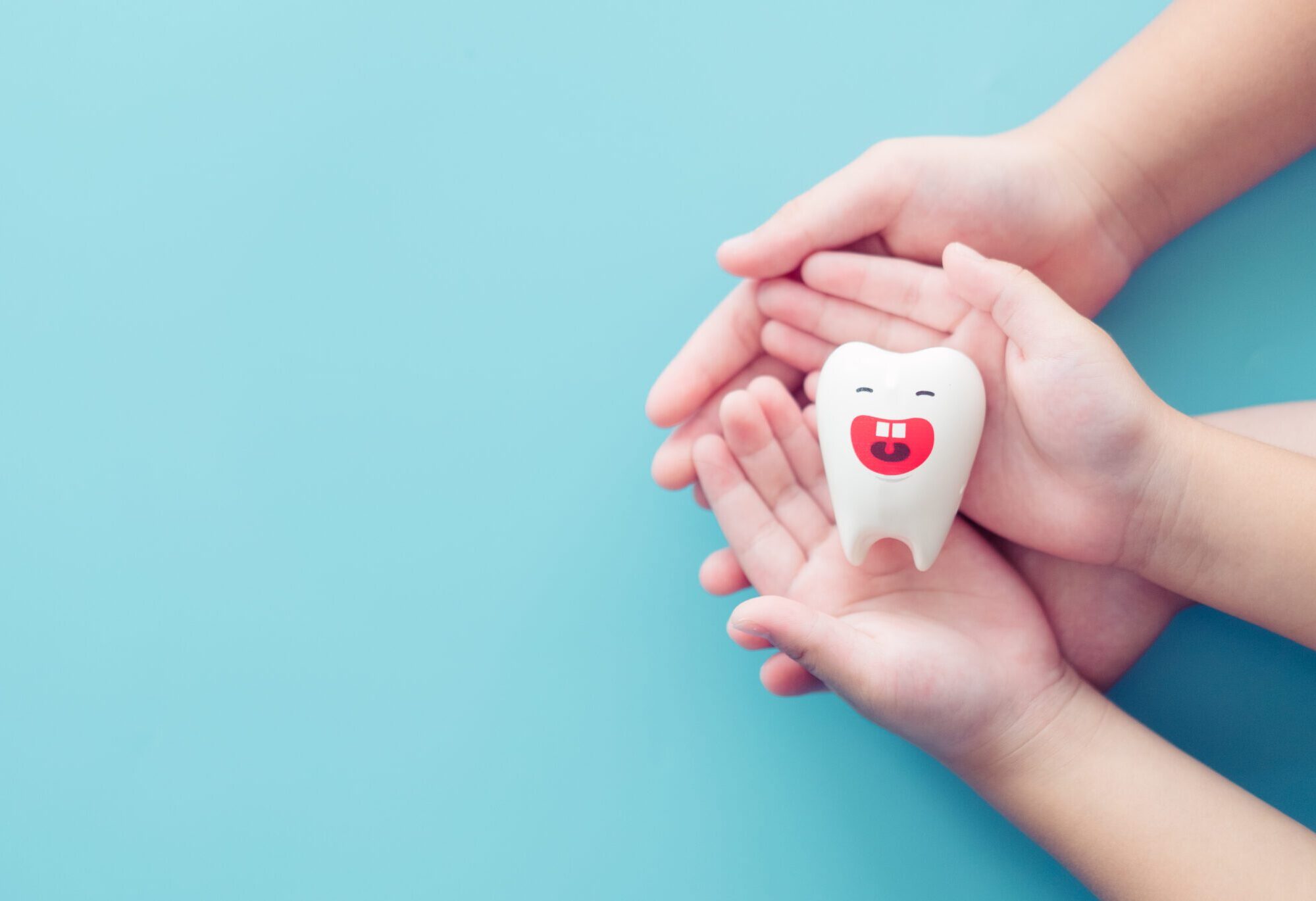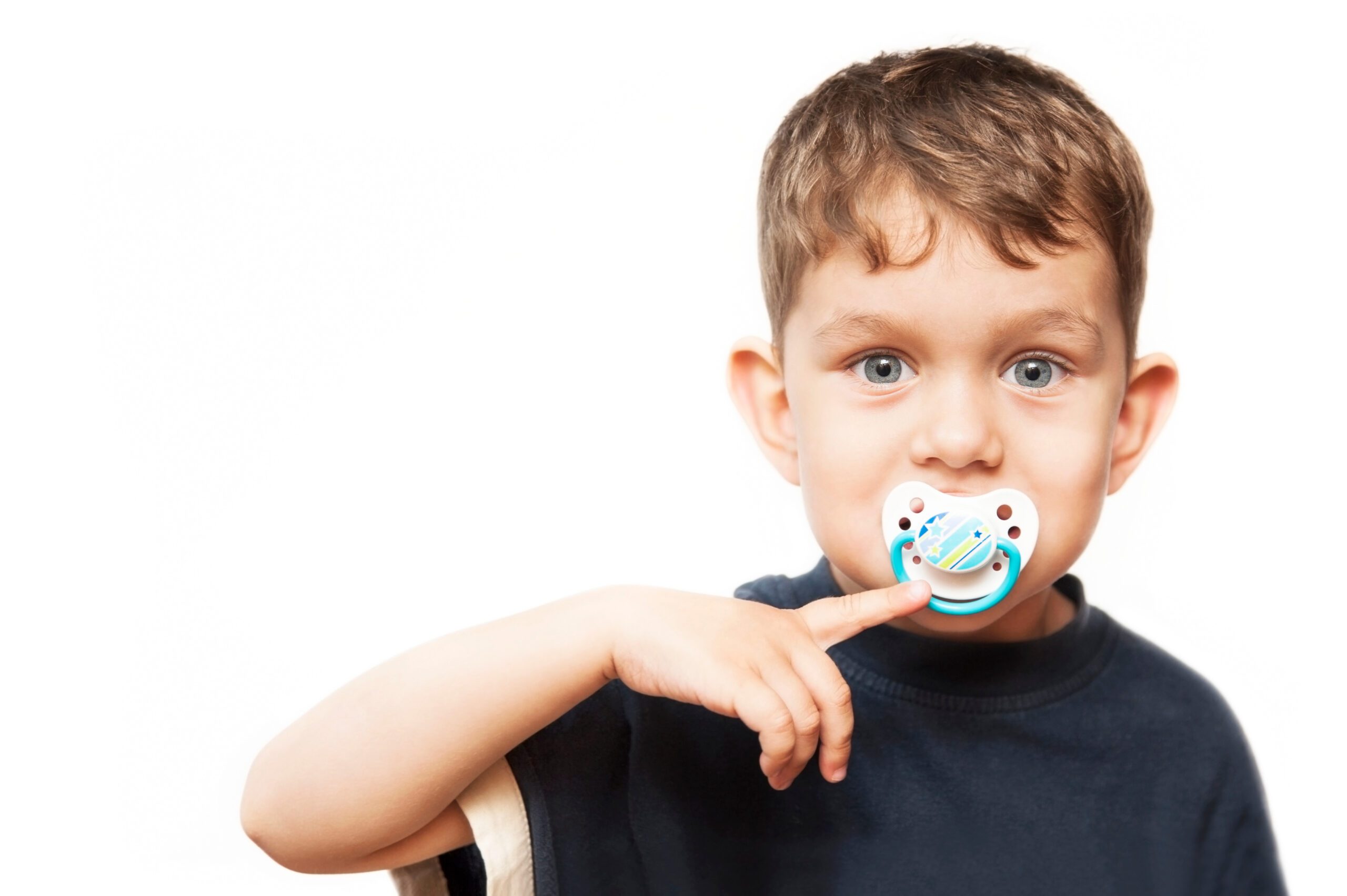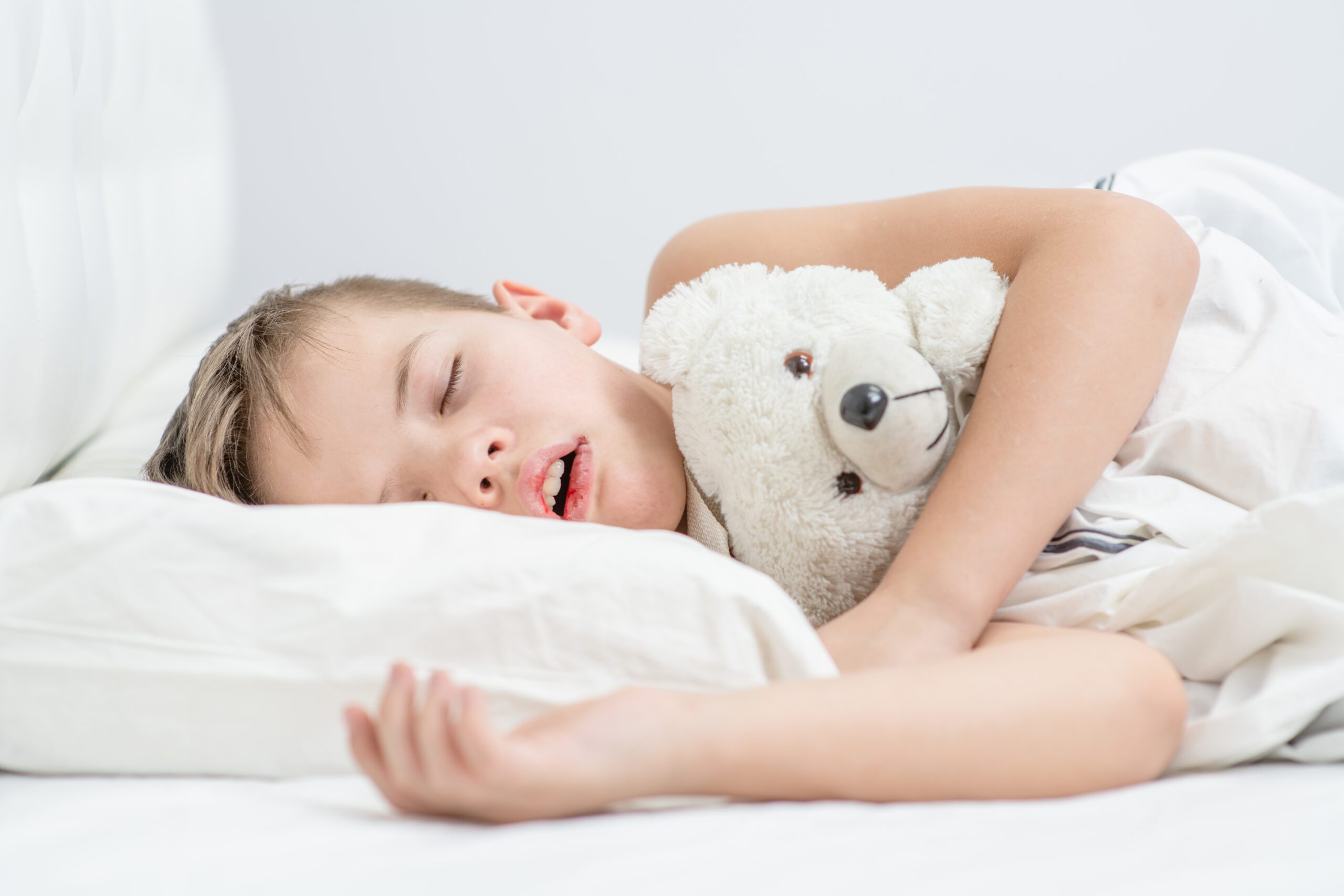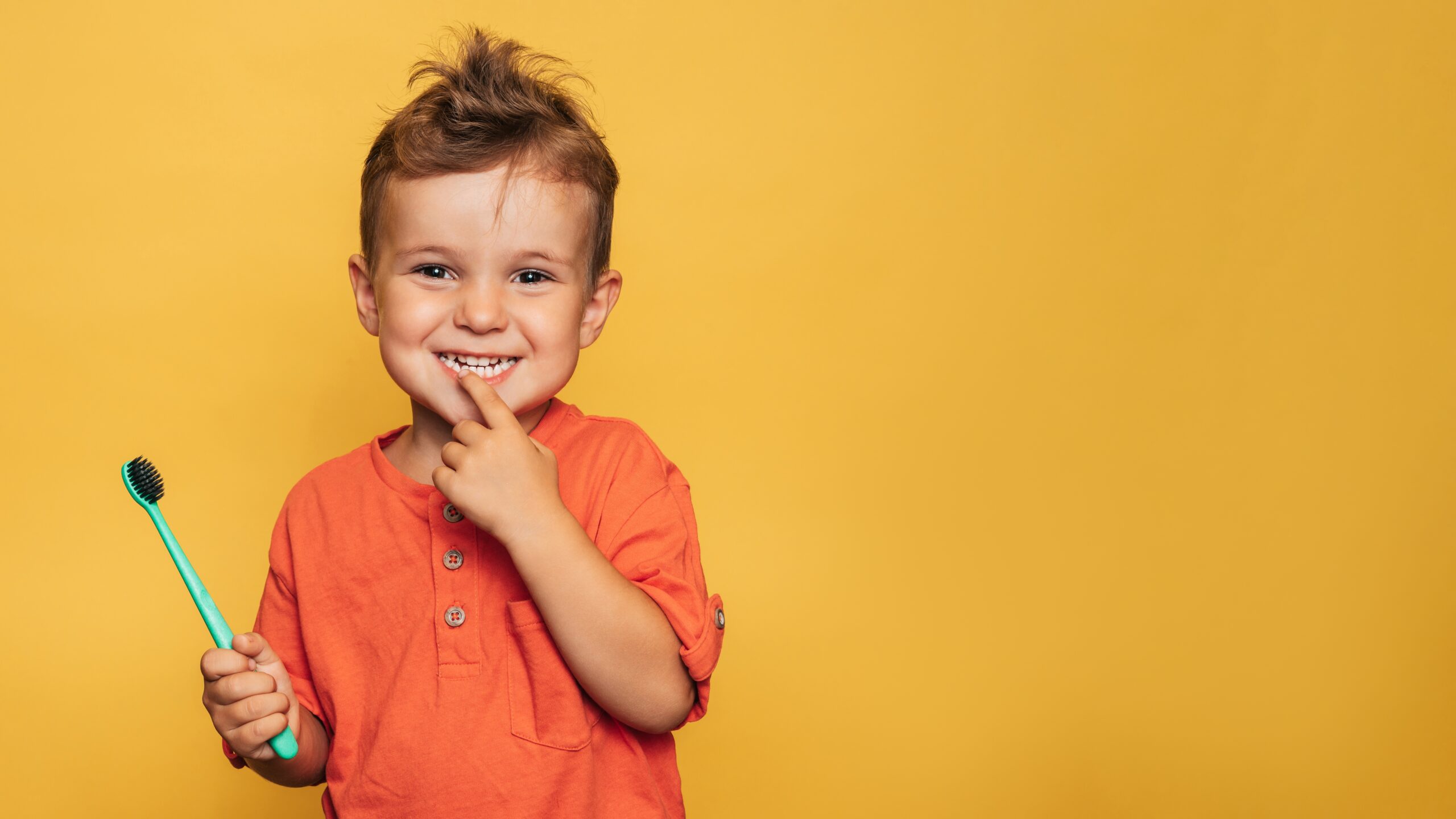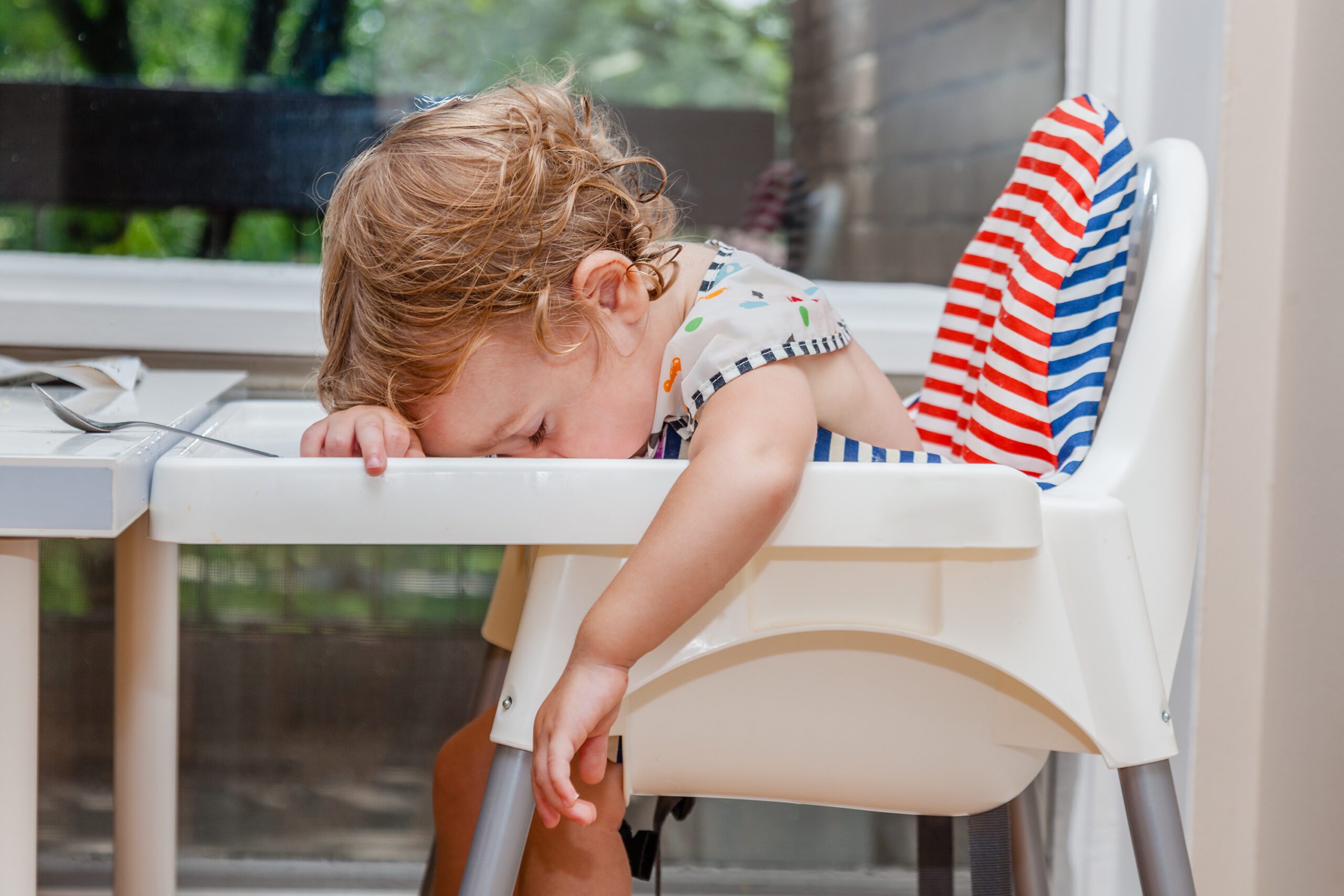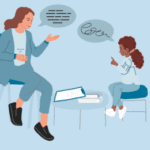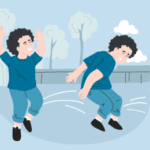
Blog
Benefits of Using Sensory Toys and Tools for SPD – High School Edition
July 11, 2024
Benefits of Using Sensory Toys and Tools for SPD – High School Edition
Benefits of Using Sensory Toys and Tools for SPD – High School Edition
Sensory toys are tools designed to stimulate one or more of the five senses – sight, sound, touch, smell, and taste. They provide a unique sensory experience that can help individuals, especially those with sensory processing disorder (SPD) or neurodivergence, to better cope with their environment, focus, and regulate their emotions.
For high school students, sensory toys can offer several benefits:
- Stress Relief: High school can be a stressful time with academic pressures, social dynamics, and personal growth. Sensory toys like stress balls, fidget cubes, or moldable putty can provide a calming sensory input, helping students manage stress and anxiety.
- Improved Focus: Some students, particularly those with ADHD or autism, may struggle with maintaining focus in class. Sensory toys like chewable pendants, tactile puzzles, or noise-canceling headphones can provide the right level of stimulation to help them stay on task and avoid distractions.
- Emotional Regulation: Adolescence is a time of intense emotional development. Sensory toys such as weighted blankets, aromatherapy dough, or light-up toys can offer soothing sensory experiences that help students regulate their emotions and maintain a sense of calm.
- Social Interaction: Some sensory toys, like cooperative games or musical instruments, can encourage social interaction and communication skills. For students who struggle with social connections, these toys can provide a structured way to engage with peers.
- Creativity and Problem-Solving: Sensory toys like building blocks, kinetic sand, or art supplies can stimulate creativity and encourage problem-solving skills. Engaging with these toys can provide a mental break from academic work while still promoting cognitive development.
It’s important to note that sensory needs are individual, and what works for one student may not work for another. Trying out different types of sensory toys and observing the student’s response can help identify the most beneficial tools for their specific needs. When used appropriately, sensory toys can be a valuable addition to a high schooler’s toolkit for managing stress, improving focus, and supporting overall well-being.
Can high schoolers with no sensory issues still benefit from using sensory toys?
Absolutely! Sensory toys can provide a fun and engaging way for students to explore their senses, relieve stress, and enhance learning. They can also encourage self-awareness and mindfulness by creating a space for students to tune into their own sensory needs and preferences. Additionally, using sensory toys in the classroom can promote inclusivity and understanding of different learning styles.
Are there specific types of sensory toys that are more suitable for high schoolers?
While some sensory toys may be marketed towards younger children, many can still be beneficial for high schoolers. It ultimately depends on the individual’s needs and preferences. Some high schoolers may benefit from using more discreet or age-appropriate options, such as fidget pens or weighted lap pads. Other students may still find comfort in more traditional sensory toys like stress balls or squishy toys. It’s important to keep in mind that there is no one-size-fits-all approach, and it may take some trial and error to find the right sensory toys for each student. Ultimately, any type of sensory toy can offer benefits for high school students, as long as it is used in a safe and appropriate manner.
How can sensory toys help improve focus and attention in high school students?
Sensory toys can help improve focus and attention in high school students by providing a specific type of sensory input that can calm the nervous system and promote a sense of grounding. This can be particularly beneficial for students with ADHD or other attention-related challenges. By engaging with a sensory toy, students may be able to better regulate their distractions and stay focused on tasks at hand.
Do all high schoolers with sensory sensitivities need to use sensory toys?
No, not all high schoolers with sensory sensitivities need to use sensory toys. Every individual is unique and may have different ways of coping with their sensory needs. Some students may find other methods, such as deep breathing exercises or movement breaks, more effective in managing their sensory sensitivities. It’s important to respect each student’s preferences and provide a variety of options for managing sensory needs. Additionally, it’s important to consult with a healthcare professional or occupational therapist for personalized recommendations and guidance on incorporating sensory toys into a student’s routine.
What are some appropriate ways for high schoolers to use sensory toys in the classroom?
There are several ways high schoolers can use sensory toys in the classroom, depending on their individual needs and preferences. Some appropriate ways include using them during designated breaks or study periods, discreetly using them under a desk or in a pocket, using them as part of an organized activity or game, and incorporating them into lesson plans for hands-on learning experiences. It’s essential to establish clear guidelines and boundaries for using sensory toys in the classroom, such as ensuring they do not disrupt other students or become a distraction. Additionally, encouraging students to communicate their needs and preferences when using sensory toys can help create a positive and inclusive environment in the classroom. Ultimately, the goal is to incorporate sensory toys into an individualized plan that supports each student’s well-being and academic success.
In what ways can high school teachers incorporate sensory toys into their lesson plans?
High school teachers can incorporate sensory toys into their lesson plans in various ways. For example, they can use certain toys as manipulatives for visual aids or hands-on learning activities. They can also integrate sensory breaks using designated toys to help students reset and refocus during longer periods of instruction. Including sensory toys in lesson plans can not only promote inclusivity and accommodate diverse learning styles but also make lessons more engaging and interactive for students. It’s essential for teachers to be open-minded and flexible in incorporating sensory toys into their teaching practices, as it can greatly benefit the well-being and academic performance of their students. Overall, finding ways to integrate sensory toys into lesson plans can create a more holistic and supportive learning environment for high schoolers. Overall, sensory toys offer a wide range of benefits for high school students, from promoting problem-solving skills to improving focus and attention. By recognizing the individual needs and preferences of each student, incorporating appropriate sensory toys into their routine can greatly enhance their well-being and academic success. With proper guidance and support, high schoolers can effectively use sensory toys as a tool for self-regulation and overall growth. So, whether a student has sensory issues or not, they can still benefit from the positive effects of using these tools in their daily lives.
- Note: Please keep in mind that the content discussed in this article is for educational purposes only and should not be considered as medical or professional advice. It’s important to consult with a healthcare professional for personalized recommendations and guidance on incorporating sensory toys into daily routines or lesson plans.
Are there any safety concerns for using sensory toys with high schoolers?
While sensory toys can offer various benefits for high school students, it’s important to also consider safety concerns. Some sensory toys may contain small parts that could pose a choking hazard, so it’s crucial to choose age-appropriate options and supervise their usage. Additionally, students should be taught how to use sensory toys safely and responsibly, such as not throwing or using them in ways that could cause harm to themselves or others. It’s also essential for teachers and staff to regularly inspect and clean sensory toys to ensure they are in good condition and free of any potential hazards. By taking necessary precautions, sensory toys can be a valuable tool for high schoolers without compromising their safety.
What are the best sensory toys for promoting relaxation and reducing stress in high school students?
Some sensory toys that can promote relaxation and reduce stress in high school students include fidget spinners, stress balls, aromatherapy playdough, and weighted blankets. These types of toys can provide a soothing and calming effect for students, helping them manage their emotions and stress levels. It’s important to note that not all sensory toys work the same for every student, so it may require some trial and error to find the best options for each individual. Furthermore, incorporating sensory toys into calming activities or mindfulness exercises can further enhance their effectiveness in promoting relaxation and reducing stress. Ultimately, finding the right sensory toys and techniques for each student can greatly benefit their well-being and academic success in high school.
Can sensory toys be used as a coping tool for high schoolers with anxiety or other mental health issues?
Yes, sensory toys can be used as a coping tool for high schoolers with anxiety or other mental health issues. According to research, these types of toys can help reduce stress and promote emotional regulation, making them useful tools for managing symptoms of anxiety or other mental health concerns. It’s important to note that sensory toys should not replace professional treatment for mental health conditions but can be used as a supplemental tool to support students in their coping strategies. Ultimately, it’s crucial for teachers and staff to provide a safe and inclusive environment where students feel comfortable using sensory toys to manage their emotions and promote overall well-being. So, whether a student has anxiety or another mental health issue, incorporating sensory toys into their routine can be beneficial for their overall growth and development. Overall, sensory toys offer a wide range of benefits for high school students and can be incorporated into lesson plans to promote inclusivity, engagement, and well-being. With proper guidance and support, these tools can help students develop important skills such as problem-solving and self-regulation while also reducing stress and supporting their mental health.
Are there any specific benefits of using fidget toys for high schoolers’ learning?
Yes, there are specific benefits of using fidget toys for high schoolers’ learning. According to studies, fidget toys can help improve focus and attention in the classroom, especially for students with ADHD or other learning disabilities. The repetitive motion and tactile stimulation provided by these types of toys can also enhance cognitive functions such as memory and problem-solving skills. Furthermore, fidget toys can help reduce restlessness and disruptive behaviors in the classroom, creating a more conducive learning environment for students. Overall, incorporating fidget toys into lesson plans can have numerous benefits for high schoolers’ academic performance and overall well-being. However, it’s important to ensure that these tools are used appropriately and do not cause distractions for other students in the classroom. With proper guidance and supervision, fidget toys can be a valuable tool for enhancing learning in high school students. So, whether a student has ADHD or struggles with staying focused in class, using fidget toys can be an effective way to support their learning and promote academic success.
How can sensory toys be used for social interaction and communication skills among high schoolers?
In addition to their individual benefits, sensory toys can also be used for social interaction and communication skills among high schoolers. For students with autism or other social communication disorders, these types of toys can serve as a medium for nonverbal communication and help bridge the gap between verbal and nonverbal language. Sensory toys can also encourage turn-taking and cooperation during group activities, promoting social skills and peer relationships. Furthermore, incorporating sensory toys into group projects or collaborative learning can create a more inclusive and engaging environment for all students. In this way, sensory toys not only offer individual benefits but also support the development of important social skills in high schoolers. So, whether a student struggles with communication or simply wants to improve their social interactions, using sensory toys can be an effective way to promote these skills. Overall, sensory toys have the potential to enhance various aspects of high schoolers’ lives and should be considered as a valuable tool in educational settings. By providing a safe and supportive environment for their usage, teachers and staff can help students reap the many benefits of sensory toys while promoting inclusivity, engagement, and overall well-being. So, whether a student needs to manage stress, improve focus and attention, or enhance social skills, sensory toys can be an effective solution for their needs. As teachers and educators continue to explore the potential of these tools in the classroom, it’s important to incorporate them in a responsible and beneficial manner for students’ overall growth and success.
Are there any recommended guidelines or rules for using sensory toys in a classroom setting?
Yes, there are recommended guidelines and rules for using sensory toys in a classroom setting. These guidelines may vary depending on the specific needs of the students and their individualized education plans (IEPs). However, some general guidelines to consider include:
- Have a designated area or box for storing sensory toys.
- Educate students on appropriate use and handling of sensory toys.
- Set clear rules and expectations for when and how students can use sensory toys in the classroom.
- Encourage students to share their favorite sensory toys with classmates.
- Monitor the usage of sensory toys to ensure they are not causing distractions or disruptions for other students.
- Regularly clean and sanitize sensory toys to prevent the spread of germs.
- Communicate with parents and guardians about the use of sensory toys in the classroom.
- Incorporate sensory toy usage into lesson plans to promote inclusivity and engagement for all students.
- Always prioritize safety and make sure that sensory toys do not pose any risks to students or others in the classroom.
By following these guidelines, teachers can ensure that sensory toys are used effectively and responsibly in the classroom, promoting a positive and inclusive learning environment for all students. It’s also important to regularly reassess and adjust these guidelines as needed based on students’ individual needs and feedback from parents and guardians. With proper guidance and support, sensory toys can be a valuable tool in high school classrooms and contribute to the overall well-being and success of students.
How do I know if my high schooler is using sensory toys appropriately and not disrupting others?
As a parent or teacher, it’s important to monitor your high schooler’s use of sensory toys and ensure they are being used appropriately without causing disruptions for others. Some signs to look out for include:
- Is the student using the sensory toy during appropriate times and not during instruction or group activities?
- Does the student understand and follow the rules and expectations for using sensory toys in the classroom?
- Are there any complaints or concerns from other students about the use of sensory toys?
- Is the student still able to participate and engage in class activities while using a sensory toy?
- Does the student have multiple sensory toys to switch between and not rely on one toy for extended periods of time?
If any issues or concerns arise, it’s important to address them promptly and have a conversation with the student about appropriate use of sensory toys. Open communication can help ensure that students are using these tools in a beneficial and respectful manner for themselves and others.
What are some common misconceptions about the use of sensory toys for high schoolers?
One common misconception about the use of sensory toys for high schoolers is that they are only beneficial for students with special needs. However, as mentioned earlier, sensory toys can benefit all students by promoting focus, reducing stress and anxiety, and enhancing social skills. Another misconception is that sensory toys are solely used for calming purposes. While they can certainly have a calming effect on students, they can also be used to promote engagement and learning in the classroom. Finally, some may believe that sensory toys are a distraction or hindrance to learning. However, when used appropriately and under supervision, sensory toys can actually enhance the learning experience for high schoolers by providing a safe outlet for their sensory needs. It’s important to dispel these misconceptions and recognize the potential benefits of sensory toys for all students in a high school setting. Overall, with proper guidance and support, sensory toys can be a valuable tool in promoting inclusivity, engagement, and overall well-being for high schoolers.
_____
To learn more about the use of sensory toys in high school classrooms, check out these resources:
National Autistic Society
- Understood: for Learning and Attention Issues– ADDitude: Inside the ADHD Mind – Child Mind Institute
Disclaimer: It’s important to consult with your child’s school and/or healthcare provider before incorporating sensory toys into their daily routine. What may work for one student may not be beneficial or appropriate for another. These resources are meant to provide general information and ideas, but every student is unique and may require a personalized approach
Conclusion
In conclusion, sensory toys can be a valuable tool for high schoolers in promoting focus, reducing stress and anxiety, and enhancing social skills. By providing an inclusive and supportive learning environment, teachers can incorporate the use of sensory toys into their classrooms to benefit all students. It’s important to have clear guidelines and communication with parents and guardians to ensure appropriate usage and address any concerns that may arise. With proper guidance and support, sensory toys can contribute to the overall well-being and success of high school students. So go ahead and encourage your high schooler to bring their favorite sensory toy to class – it might just make a positive difference in their learning experiences.



































